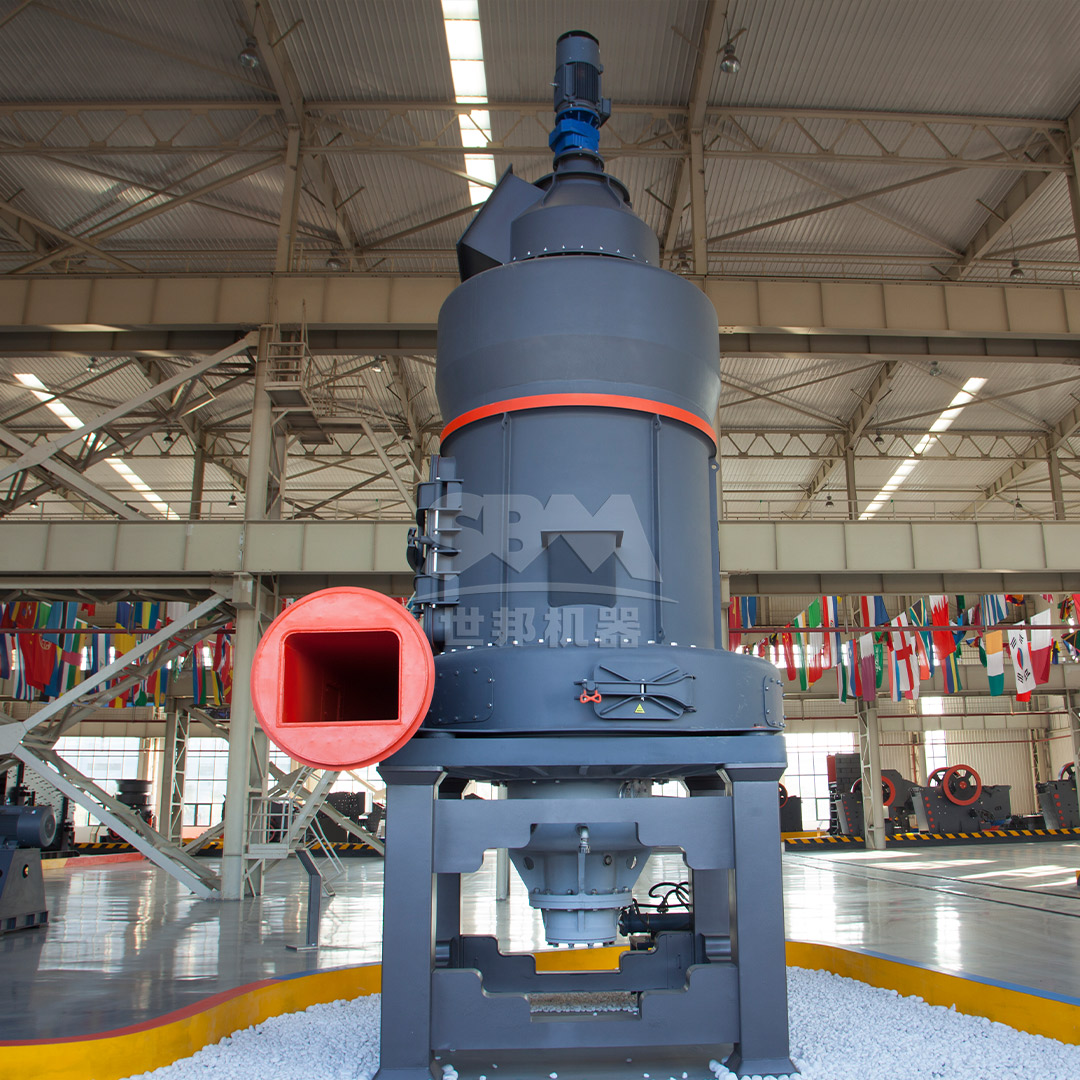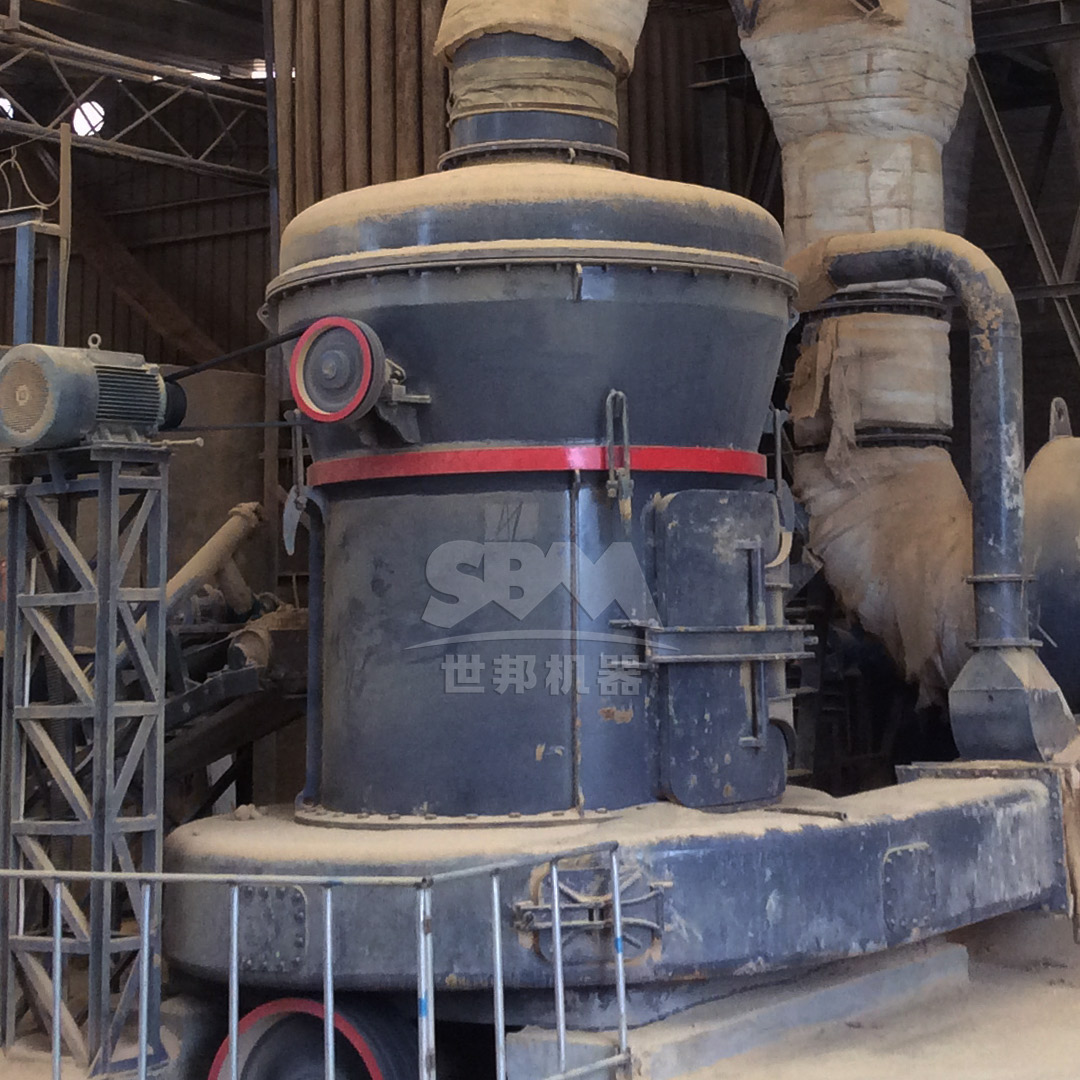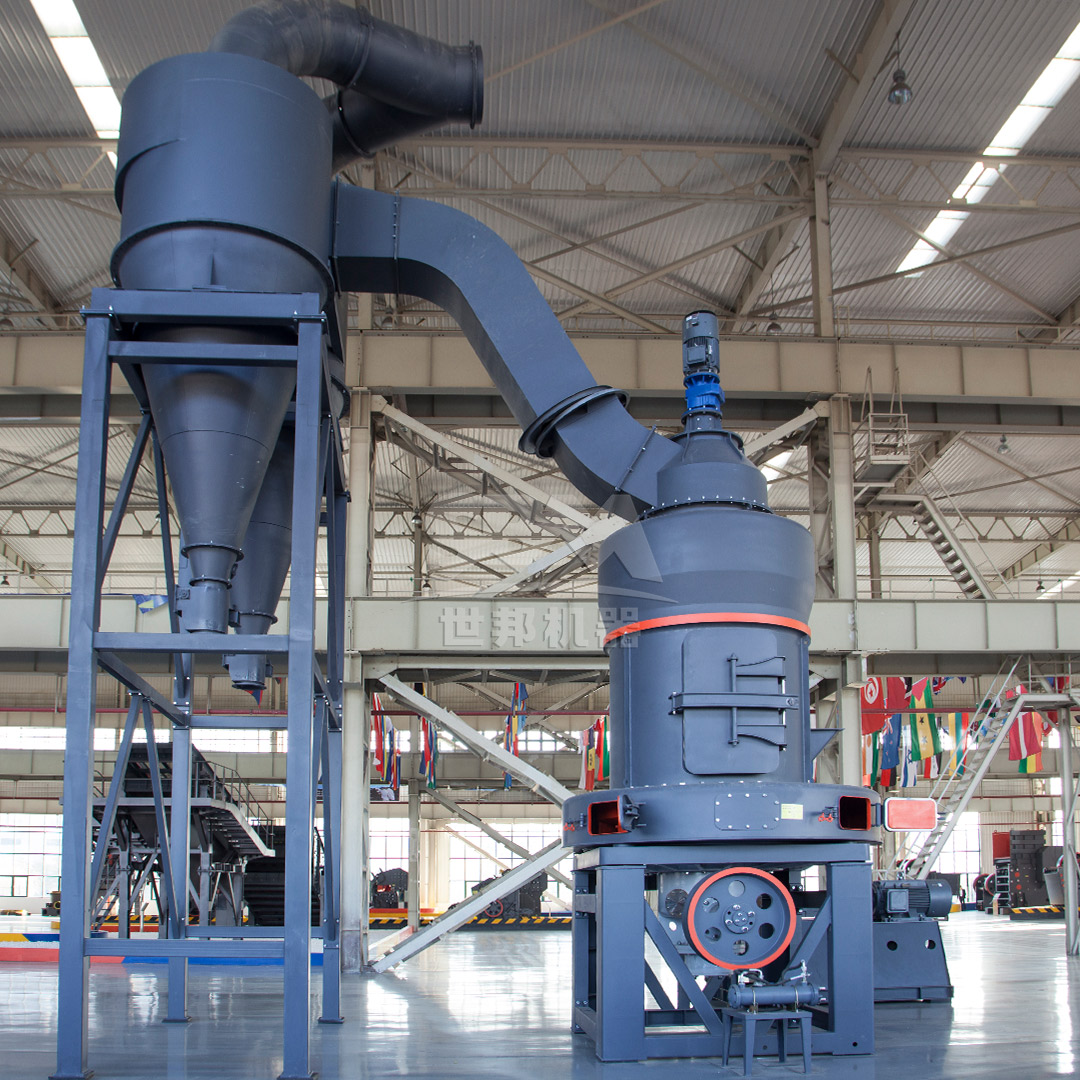The paper industry relies heavily on high-quality mineral fillers and coating pigments to achieve the desired properties in finished products. Kaolin, a naturally occurring clay mineral, plays a pivotal role in this process, enhancing paper’s brightness, opacity, smoothness, and printability. The transformation of raw kaolin into a functional paper additive is a precise operation, heavily dependent on advanced grinding technology. The selection of an appropriate grinding mill is not merely an industrial choice but a critical determinant of product quality, operational efficiency, and economic viability. This article delves into the importance of kaolin in paper manufacturing and explores the essential grinding technologies required to produce the ultra-fine, consistent powders necessary for superior paper coating and filling applications.
Kaolin’s value in paper production is derived from its unique physical and chemical properties. As a filler, it is incorporated into the paper pulp matrix, improving sheet formation, increasing opacity, and reducing the consumption of more expensive wood pulp. As a coating pigment, it is applied to the paper surface to create an exceptionally smooth, white, and receptive substrate for high-resolution printing.
The effectiveness of kaolin in these roles is directly tied to its particle size distribution (PSD) and morphology. A fine and tightly controlled PSD ensures:
Consequently, the grinding process must be capable of delivering kaolin powders with a top cut (D97) often finer than 5μm (2500 mesh) and with a narrow particle size distribution to avoid the presence of abrasive oversized particles.
Grinding kaolin to such exacting specifications presents several challenges. The material can vary in hardness and moisture content. The process must be energy-efficient to be cost-effective, as comminution is inherently energy-intensive. Furthermore, the equipment must be designed to prevent contamination from worn parts and must operate within modern environmental standards for dust and noise emissions.
Several grinding mill designs are employed in the mineral processing industry, but only a select few are suited for producing the high-value, ultra-fine kaolin required by the paper sector. The dominant technologies include ring-roller mills (e.g., Raymond Mills, Vertical Roller Mills) and more advanced ultra-fine grinding mills.
This mature technology is renowned for its reliability and efficiency in mid-range fineness applications. The MTW Series Trapezium Mill represents a significant evolution of this design. Its key features include:
These mills are excellent for achieving fineness levels from 30 to 325 mesh (0.595mm to 0.044mm), making them suitable for certain filler-grade kaolin production.

For the most demanding coating applications where fineness of 2500 mesh (5μm) is required, ultra-fine grinding mills are the industry standard. Our SCM Series Ultrafine Mill is engineered specifically for this purpose and stands out as a premier solution for high-quality paper coating kaolin.
This mill’s design incorporates several groundbreaking advantages:

With models like the SCM1250 (handling 2.5-14 tons per hour with a 185kW main motor) and the large-capacity SCM1680 (handling 5-25 tons per hour with a 315kW motor), the SCM series can be scaled to meet the production needs of any paper mill or kaolin processor, delivering consistent output fineness between 325 and 2500 mesh.
The choice between a trapezium mill and an ultra-fine mill depends entirely on the target product specification and production economics.
| Application | Target Fineness (D97) | Recommended Mill | Key Consideration |
|---|---|---|---|
| Paper Filling | 45-325 mesh (350-45μm) | MTW Series Trapezium Mill | Cost-effectiveness, high capacity |
| Paper Coating | 800-2500 mesh (18-5μm) | SCM Series Ultrafine Mill | Precision classification, top-cut control |
Beyond the machine itself, a successful grinding circuit includes auxiliary equipment such as jaw crushers for primary size reduction, elevators, electromagnetic vibrating feeders for consistent material flow, and highly efficient pulse jet baghouse dust collectors to ensure a clean working environment and product recovery.

In the pursuit of excellence in paper quality, the importance of the kaolin grinding process cannot be overstated. The mill is the heart of this operation, transforming a raw mineral into a high-performance engineered material. While robust and efficient mills like the MTW Series Trapezium Mill provide excellent solutions for filler-grade products, the production of premium coating-grade kaolin demands the advanced technology and precision offered by ultra-fine mills.
Our SCM Series Ultrafine Mill, with its unparalleled combination of energy efficiency, precise classification, durability, and environmental performance, represents the pinnacle of grinding technology for this application. By investing in the right grinding equipment, paper manufacturers and kaolin processors can ensure they meet the stringent quality demands of the modern market while optimizing their operational costs and maintaining sustainable, environmentally responsible production practices. The path to superior paper coating and filling begins with the precise and efficient grinding of kaolin.